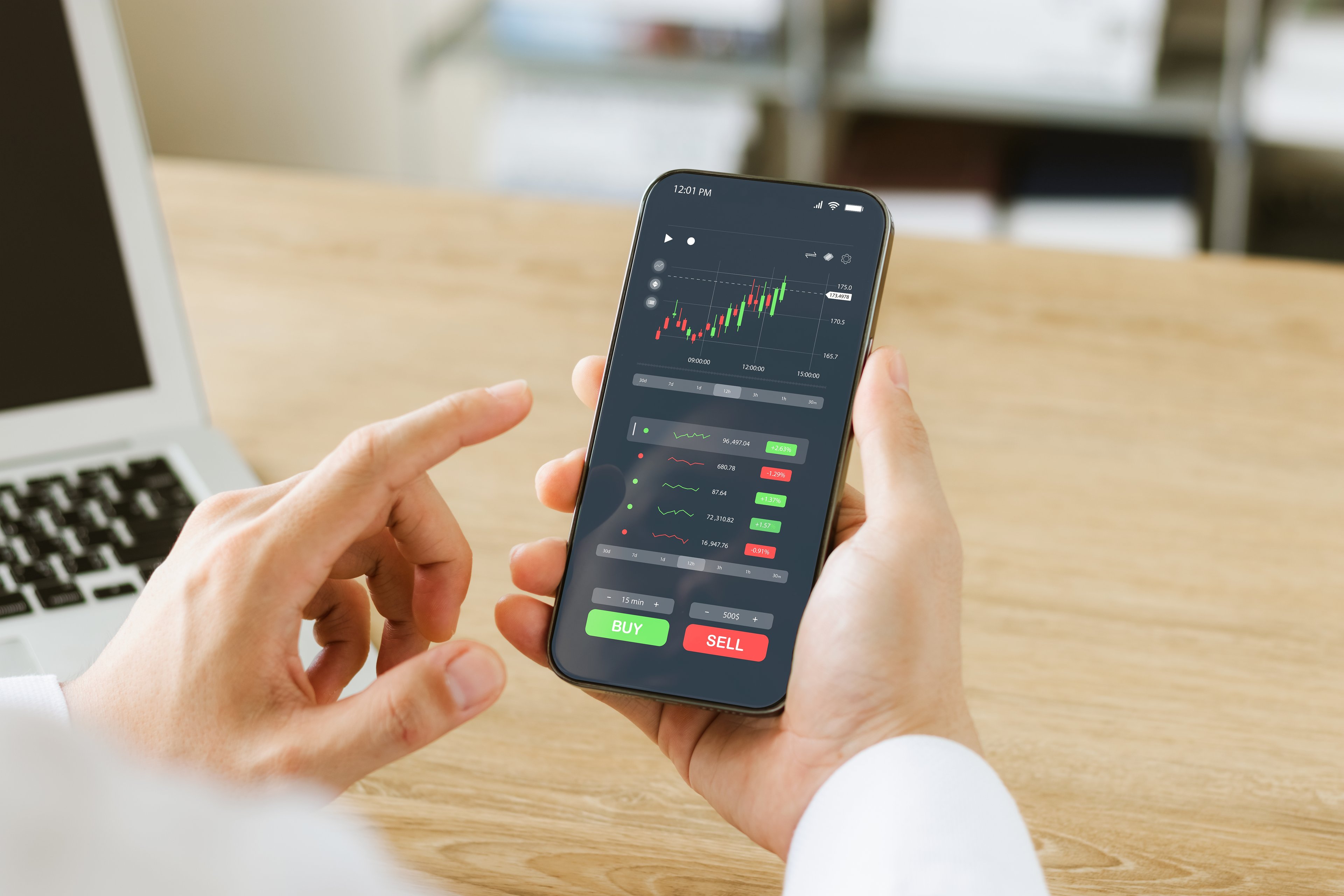Global industrial concern Eaton Corp (ETN +1.00%) has a history that dates back more than 100 years, to when it started making products for the then-new auto industry. It has changed a great deal over time, shifting to a focus on electronics and power management. That said, the vehicle industry still made up nearly 18% of the top line in 2018. It's still an important contributor to results, and Eaton appears to have no intention of getting out of the space. Rather, the company is looking to adjust as the industry shifts in a new direction.
Preparing for the future
The biggest trend in the vehicle market is the shift toward electrification. You'd have to be hiding under a rock to have avoided hearing names like Tesla and Prius (the iconic electric car made by Toyota). But the truth is that every major automaker is looking to get into the electric space. Although electric vehicles are still in the early days of their evolution, they are clearly going to be an important force going forward.

Image source: Getty Images
This is why Eaton created its eMobility division in 2018. With such a rich history and strong industry position in both the automotive and electric spaces, the industrial giant didn't have to buy a company and rename it. It didn't need to. It simply pulled the most relevant parts from within Eaton to make a focused electric vehicle division. Starting from scratch, the eMobility division is spending heavily (research and development spending rose 130% year over year in the first quarter) to develop the products the up-and-coming electric vehicle market needs and to win its way into the supply chain.
This combination has led to less-than-stellar operating margins. In the first quarter of 2019, the company's profits fell 55% year over year, with margins declining roughly 8 percentage points. But that's to be expected given that it's still early days for the division, which generated just $83 million in sales during the quarter.
That said, sales were up 8% year over year, and it has already starting gaining some traction in the electric vehicle space. It has won a contract from PSA Group (a large European vehicle maker) that should generate $100 million a year when fully implemented. It's also looking at roughly $1.1 billion worth of additional sales opportunities. Although it won't win all of them, the size of the opportunity here is clearly large. Eaton continues to believe that eMobility will eventually have between $2 billion and $4 billion in revenue.
The eMobility division is more important than you might think, despite its still relatively small size. It allows Eaton to participate as vehicle makers shift their businesses from combustion engines to electrification. In other words, it hedges the risk that Eaton's vehicle business will decline over time.
Not dead yet
The shift to electric vehicles is likely to take a very long time, so Eaton's core vehicle business remains an important industry supplier. It's a highly cyclical division, especially given that Eaton has heavy exposure to the often volatile trucking market. In other words, the vehicle segment will have its typical ups and downs over time.
But changes are taking shape here, too. For most U.S. consumers used to automatic transmissions this might seem odd, but trucks are still largely manual. The world is going from manual to automatic transmissions, but Eaton's legacy vehicle business is heavily exposed to manual transmissions.
| Eaton automotive related divisions |
Q1 2019 Year-over-year revenue change |
|---|---|
|
Vehicles |
-9% |
|
Eaton/Cummins |
+27% |
|
eMobility division |
+8% |
Data source: Eaton Corporation.
However, in 2017 Eaton entered into a 50-50 joint venture with leading global engine maker Cummins (CMI +0.55%) that should benefit from the shift to automatic transmissions. Cummins operates the partnership, which offers a series of highly energy-efficient heavy-duty transmissions. As the industry shifts toward automatic transmissions, the joint venture should gain scale while Eaton's remaining vehicle operations lose revenue. That growth, however, is going to show up in the joint venture and not within Eaton's vehicle segment -- just like the loss of business to the new eMobility division.
Still a big vehicle player
The big takeaway here is a little subtle. Eaton is positioned to take advantage of the electrification of the vehicle industry. While that process is going on, it is also positioned to take advantage of the shift toward automatic transmissions. And as these two investments are paying off, Eaton's remaining vehicle division's top and bottom lines could, at times, look pretty awful, even though it remains an important business -- and one capable of generating significant cash flow when times are good.
So as you look at Eaton's collection of assets, you shouldn't look at the vehicle division as it exists today without also considering the steps the company is taking for the future. It's making the changes it needs to continue to benefit today while also preparing for tomorrow -- even if that will end up making the vehicle division look, as CEO Craig Arnold explained during the first-quarter conference call, "worse than it really is."






